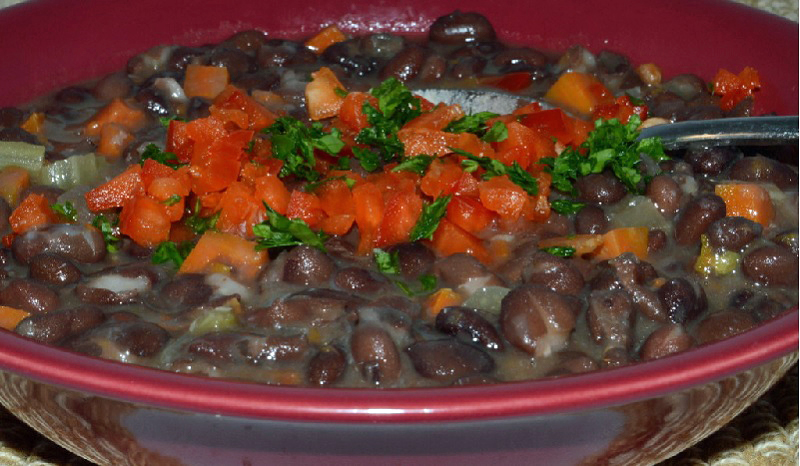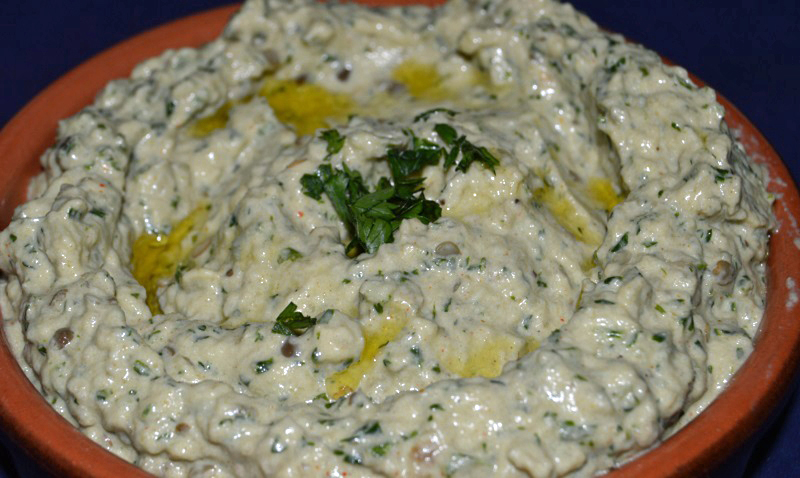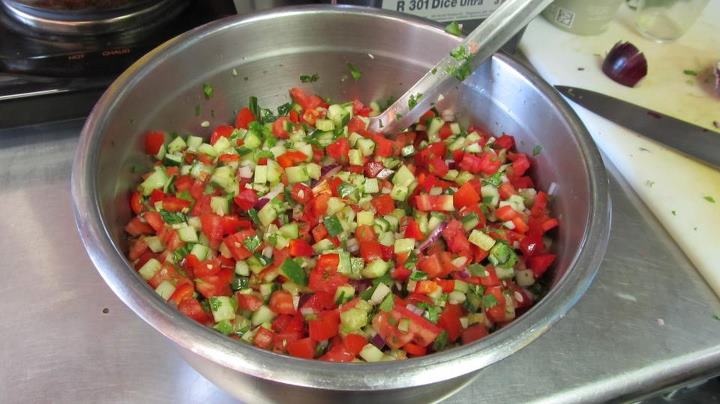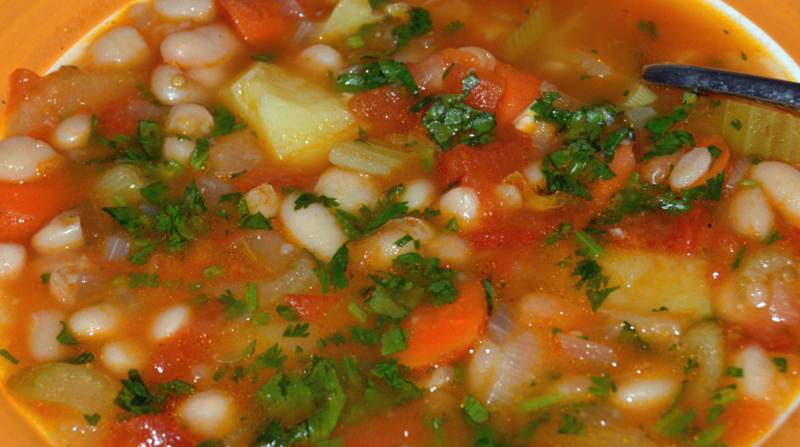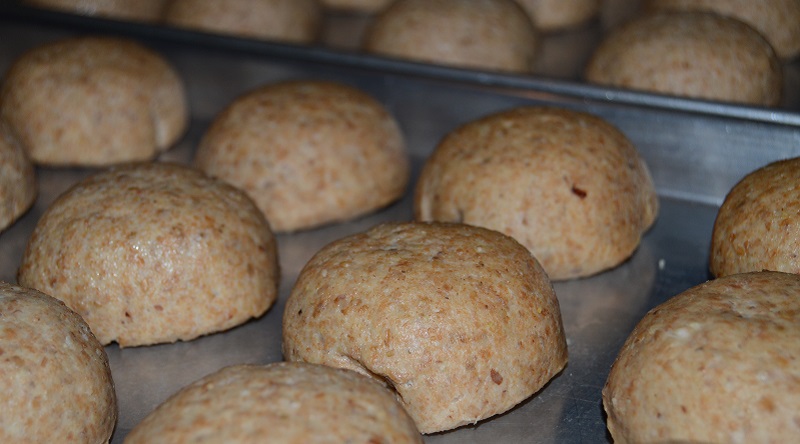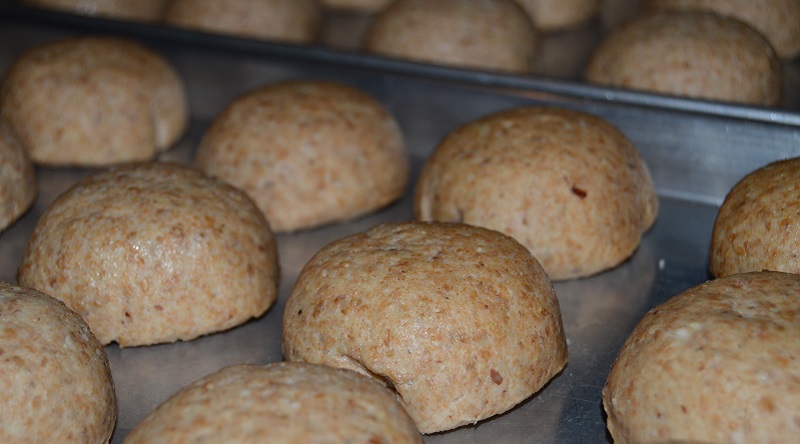Gluten — is all the concern fact-based?
I cook whole foods from scratch. That’s a practice I started more than half a century ago in the early ’70s. I’m also vegetarian, another practice I started 50+ years ago. For many years, it was an off-and-on practice. For the last 30 years, consistent. Now I’m experimenting more with vegan foods.
During these forty-plus years of vegetarianism, I tried to stay current on what we know about food and its relationship to our health. I watched food “issues” come and go, including eggs, on the “hit list” for so many years, but now not necessarily. If I eliminated every food we’ve been told to eliminate by the medical profession or alternative health gurus, there would probably be nothing left to eat.
In this country of plenty (for many), we are particularly prone to demonizing categories of food. Someday I will write a post about impulses I imagine may inspire this self-deprivation. I think of Der Hunger Kunstler (The Hunger Artist) by Franz Kafka.
Still, I’m considering my next step. As I contemplate removing another class of food items from my own diet, namely eggs and cheese, I’m sometimes frustrated and sometimes amused by an ever-growing list of forbidden foods. Grains and gluten are just two of the more recent on the food hit list.
My own experience with grains
I still consider grains my friends, despite that most have gluten. I eat and enjoy wheat, oats, barley, and more with no debilitating after-effects. That’s despite claims that grains are theoretically new to human consumption, entering our food supply just 10,000 years ago. It seems that was long enough ago for my system. Some argue it’s long enough for most humans. And the numbers on exactly when grains entered the food supply system change. Recent discoveries show that humans have been “feasting on grains for at least 100,000 years.“
One day in my cafe, a customer who requested gluten-free products told me that everyone suffers from gluten sensitivity nowadays. This surprised me since I definitely do not. I couldn’t help but think of “The Emperor’s New Clothes,” a story I read as a child. Did I dare to contradict what is increasingly becoming the universally accepted truth, that we are all suffering from gluten sensitivity? Could I possibly suggest that the emperor might be naked, or at least partially so?
Gluten research: Common sense among contradictions
Still, I believed I owed it to my customers and myself to go beyond the evidence of my own body and read up on what the issues may be for others. I read as many articles as I could find dealing with the issue of gluten and grains from all sides and perspectives. In addition, I read reviews on the articles to be sure I wasn’t led astray by the hype on this issue coming from all directions. I spent many days on the project. In the end, though, I found little that sounded credible or made any sense to me. For every statement, there was a counterstatement that made at least as strong an argument.
Part of an answer? Modern grain processing
Finally, I came across an article on the Weston Price website (www.westonaprice.org) that resonated with me. It fit with my general ideas about the source of problems in our food supply: processing. Titled “Against the Grain,” it explores in some depth how grains have historically been prepared for consumption and in contrast how little of that correct preparation goes into them in contemporary times:
“Grains comprise a wholesome category of foods that must be respected for the complexity of nutrient contributions they can make to the human diet, and must always be prepared with care to maximize those nutrients’ availability as well as neutralize naturally occurring antinutrients. . .
“Growing and preparing food ought to be a sacramental service. It should not be based on violence, as is most of modern agriculture, factory animal farms, and factories that produce finished food items like bread. All those processes are based on ‘conquering’ the food item and forcing it into a form defined by commerce. There are no more subtle energies in these debased foods, let alone mere measurable nutrients or soul-satisfying taste and vitality.
“Food is holy. Its preparation and enjoyment constitute a daily opportunity to experience happiness, satisfaction, and gratitude.”
Grains and the “need” for speed
Specifically, grains have always been fermented (including raising bread several times) and/or cooked for long periods of time before use. In modern-day processing, however, chemicals advance the process.
Speeding the process wasn’t always a function of chemicals either. We all think we require sugar (a “natural” substance) to feed the yeast so bread rises properly, right? Actually, there are plenty of sugars in the grains, and no added sugar is necessary. Yet try to find bread on the supermarket shelves without sugar. Why? Because sugar makes the process go faster. Similarly, homemade bread doesn’t need yeast to rise. Wild yeast is in the air. With time, dough picks it up and rises without added yeast. Still, packages of yeast have almost a tablespoon in them. Why? Because more yeast makes the process go faster. In factories, bakers ram dough through the rising/fermentation process in almost no time.
It makes sense to me that our need for speed makes us neglect some age-old, important techniques in the handling of grains and the development of gluten in our bread. As I read this article, it occurred to me that those who suffer what they perceive to be gluten reactions may actually suffer from abuse to their systems from years of eating manufactured bread products. I also wondered if at least part of the reason I don’t have issues with grains is that I made most of my bread at home. I let it rise the old-fashioned way.
FODMAPs and gluten
Another experience in my life gave me more insight into the gluten issue. This summer I was sick for four months with an intestinal issue caused by antibiotics. Initially, my doctor recommended a BRAT, or low-residue, diet (bananas, rice, applesauce, toast). White rice and toast. This diet theoretically puts as little stress as possible on the digestive system. It was kind of fun to eat store-bought white bread for the first time in forty years, and I ate it with relish. It made me sick. Suddenly I found myself sympathizing with what all those gluten-free people told me.
Eventually, I came across a diet that worked for me called The Monash University Low FODMAP Diet. FODMAP is an acronym that stands for Fermentable Oligosaccharides, Disaccharides, Monosaccharides and Polyols. These are “dietary sugars that can be poorly absorbed in the small intestine and fermented by bacteria to produce gas. Current research strongly suggests that this group of sugars contributes to IBSS/FGID symptoms.” (from the App, available in the iTunes store). This diet excludes many grains, including wheat, because they are high in FODMAPS. Bingo!
The good news about the Low FODMAP diet for me was that it allowed me to be selective in a scientifically tested way about what I excluded from my diet. I didn’t have to cast a huge net over so many foods. Better news yet, sometimes it’s possible to restore some or even all the removed foods. It was for me.
The beginning of an explanation
To me, these two pieces of information, FODMAPs and modern grain processing, felt like the beginning of an explanation for the difficulty some have with the staff of life. As some have said, casting a wide net over gluten products has probably taken an important element out of the diets of many people who didn’t necessarily need to remove that element. A vegetarian diet without grains is hard to do, vegan even more so.
An excellent article I read recently in the New Yorker pointed to the same two pieces of the gluten puzzle that were verified by my own experience: “Against the Grain” discusses the improper grain handling described in the Weston A. Price article of the same name and the discovery of offending sugars in the Low FODMAP Diet from Monash University.
Spelt – great in bread, great to work with
And now I’m going to go and enjoy one of my delicious 7-grain spelt muffins. Spelt is a type of wheat that is low FODMAP and therefore easier to digest. It makes a beautiful loaf, and although I can eat and enjoy regular whole-grain bread, I enjoy experimenting with spelt. Sourdough, with its long fermentation and wild yeast, is better yet since the yeast “eats” the offending sugars.
